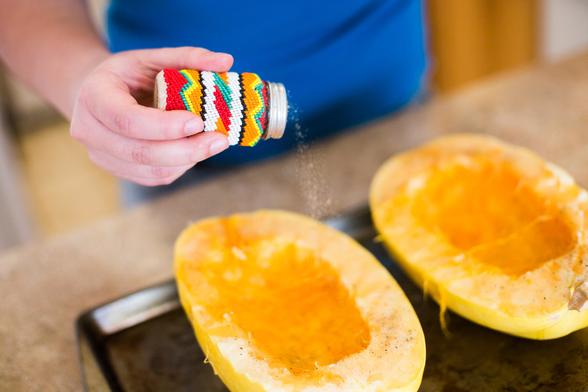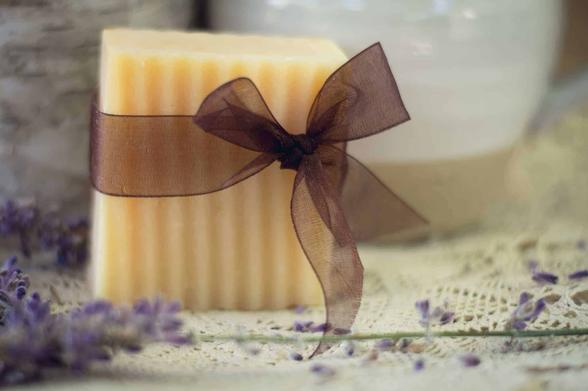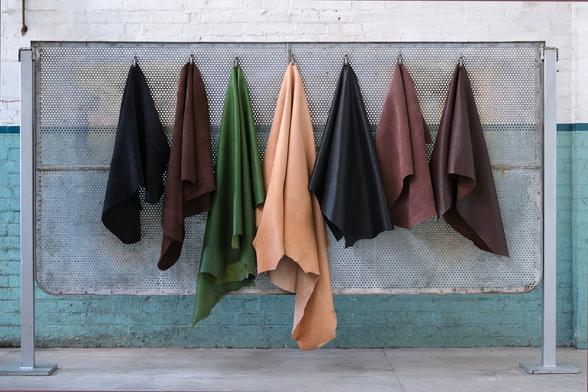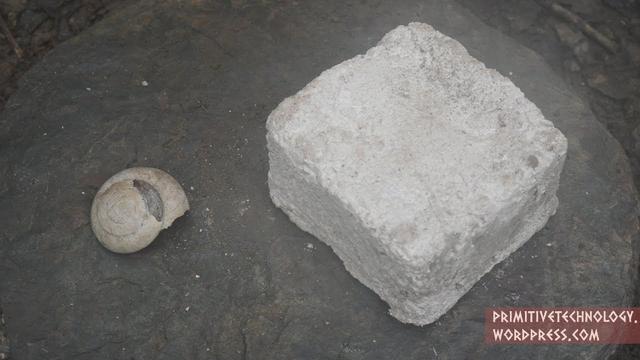A Native Community Preserves its Food Traditions
Members of the Tolowa Dee-ni’ Nation are keeping #TraditionalFoodways alive in the face of #ClimateChange and human impact.
By Allie Hostler
November 21, 2017
Excerpt: "Changes in tribal food systems and lifeways began in 1853 as the #CaliforniaGoldRush brought a mass incursion of #WhiteSettlers. Making way for the newcomers and addressing the '#IndianProblem,' California paid a bounty for Indian scalps, which proved to be more lucrative than panning gold. The first session of the California State Legislature passed the Act for the Government and Protection of Indians in 1850, which legalized removing Natives from their land and separating Native families.
"Ceremonies were ambushed and villages were burned. In 1856, the U.S. government forcibly removed 1,834 #Tolowa to coastal concentration camps. By 1910, like many California tribes, the Tolowa population had dwindled—from more than 10,000 to just 504. Despite the 14th Amendment, the Act for the Government and Protection of Indians was not fully repealed until 1937.
"Relying on the knowledge held by the few families refusing to give up their traditional ways, the Tolowa persevered.
" 'My family managed to hold tight to our food, language, ceremony, songs, beliefs, and protocols,' says Jones. 'We fought to keep connected. We purposefully protected and passed along this way of being so it didn’t die.' "
Read more:
https://civileats.com/2017/11/21/a-native-community-preserves-its-food-traditions/
#SolarPunkSunday
#IndigenousFoodSovereignty
#TraditionalFoods #FoodSovereignty #Foodsecurity #IndigenousAgriculture #TolowaDeeni’ #AnimalProducts #IndigenousFoodSecurity #IndigenousFoodSystems #LandBack
#Reclaiming #Decolonize #CulturalErasure #Genocide #CulturalSurvival




